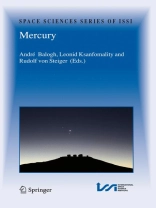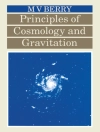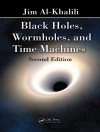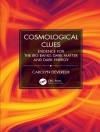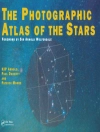Mercury, the planet closest to the Sun, is different in several respects from the other three terrestrial planets. In appearance, it resembles the heavily cratered surface of the Moon, but its density is high, it has a magnetic field and magnetosphere, but no atmosphere or ionosphere. This book reviews the progress made in Mercury studies since the flybys by Mariner 10 in 1974-75, based on the continued research using the Mariner 10 archive, on observations from Earth, and on increasingly realistic models of its interior evolution.
表中的内容
The Origin of Mercury.- Mercury’s Interior Structure, Rotation, and Tides.- Interior Evolution of Mercury.- The Origin of Mercury’s Internal Magnetic Field.- The Surface of Mercury as Seen by Mariner 10.- Radar Imaging of Mercury.- Earth-Based Visible and Near-IR Imaging of Mercury.- Mercury’s Surface Composition and Character as Measured by Ground-Based Observations.- Processes that Promote and Deplete the Exosphere of Mercury.- Electromagnetic Induction Effects and Dynamo Action in the Hermean System.- Hermean Magnetosphere-Solar Wind Interaction.- Magnetosphere–Exosphere–Surface Coupling at Mercury.- Plasma Waves in the Hermean Magnetosphere.- Particle Acceleration in Mercury’s Magnetosphere.- Missions to Mercury.
